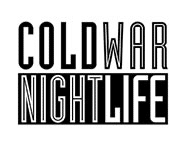On the first day of Christmas, my true love gave to me a remix of Emmon’s “Machines.”
On the second day of Christmas, my true love gave to me two CDJs and a remix of Emmon’s “Machines.”
On the third day of Christmas, my true love gave to me, three nights of clubbing, two CDJs, and a remix of Emmon’s “Machines”…
The result of a chance meeting between Emma Nylén and Terence Fixmer, the Emmon track has been given a radical makeover for the clubs. It was encouraged by DJ Hell, who rang Nylén personally to discuss releasing it on his Deejay Gigolo Records label.














































